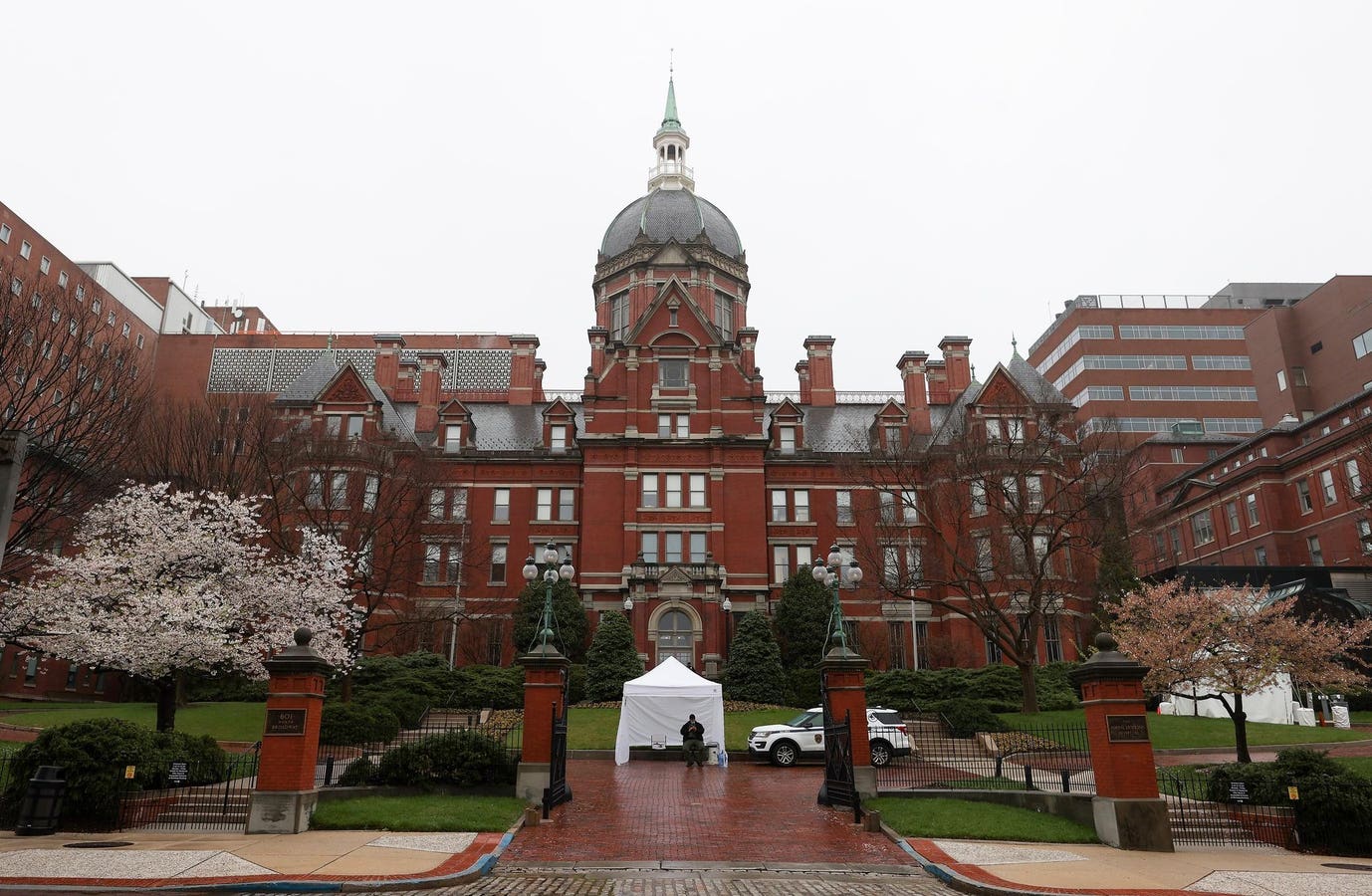Trees are seen at Laguna Grande in the protected Amazon rainforest of Cuyabeno, Ecuador, on March 30, 2024. When the fish became scarce, the spirits revealed that “envious” shamans had blocked their passage through the Cuyabeno rivers, but scientists attribute this to the major impact of deforestation, climate change, and pollution from mining in the Ecuadorian Amazon. (Photo by Daniel MUNOZ / AFP) (Photo by DANIEL MUNOZ/AFP via Getty Images)
AFP via Getty Images
The Earth’s forests, soil and oceans are reaching their critical limits to naturally store carbon, as decades of climate change take their toll, according to a new analysis.
The annual 10 New Insights in Climate Science report warns weaker land carbon sinks, threaten to derail emissions projections and accelerating global warming at the same time.
The study highlights how forests and soils in the Northern hemisphere are reaching critical limits and are increasingly affected by wildfires and permafrost thawing.
The new report is a joint initiative of Future Earth, The Earth League, and the World Climate Research Programme.
“The possibility that natural sinks are weakening at the current level of warming underscores the urgent need to accelerate both emissions reductions and carbon removal,” the report states.
It also adds even the oceans are soaking up less carbon dioxide, while more frequent and intense marine heatwaves take their toll.
“The evidence increasingly points to a dual urgency – accelerate adaptation investments and strengthen global mitigation to prevent further ocean and climate destabilisation,” the report adds.
The report argues expectations for nature-based carbon removal far exceed what current projects and natural sinks can deliver.
The report says the scale-up of carbon dioxide removal is necessary to complement, not substitute rapid emissions cuts.
And it calls for the development of strong international guidelines and support for research and innovation is essential to close the carbon dioxide removal gap and support both near-term targets and longer-term climate stability.
Sabine Fuss, department leader at the Potsdam Institute for Climate Impact Research, said record-breaking temperatures around the world are having an impact on natural sinks, like forests and soils, in an interview.
Fuss added increased ocean warming is also causing damage to marine ecosystems and coastal livelihoods.
“In the past, we’ve always relied implicitly on these natural sinks to take up quite a lot of our carbon,” she told me. “And a lot of land-based carbon removal systems rely on ecosystems to function.”
Looking ahead, Fuss said it is vital to reduce carbon emissions in the short term, particularly in the likelihood the world will overshoot the Paris Agreement goals around the average temperature increases.
“We don’t know yet if all the current climate impacts will be reversible, and some of them will, for sure, be irreversible,” said Fuss.
“If we reduce emissions as much as we can in the short term, then we can actually limit the overshoot, and make ourselves less dependent on carbon dioxide removal.”
Mike O’Sullivan, a climate scientist at the University of Exeter, said while ocean and land carbon sinks are still growing on a global scale, climate change is having an increasing impact, in an email.
O’Sullivan added climate change reduces the land carbon sink by a quarter globally and increasingly droughts and wildfires are a sign of weakening sinks.
He said in order to stop the climate-induced weakening of carbon sinks, then we have to stop climate change.
He added it is the only way to do this is to drastically reduce fossil emissions.
Johan Rockström, co-chair of the Earth League and a member of the report’s editorial board, said the upcoming COP30 negotiations must be guided by science, in a statement.
Rockström added the insights contained in the new report provide overwhelming evidence that we are in a state of climate urgency, which he said “means that COP30 must be the COP of implementation”.
“The focus for policymakers must be on cutting emissions decisively, protecting and restoring nature, and strengthening the systems that sustain us,” he said.









